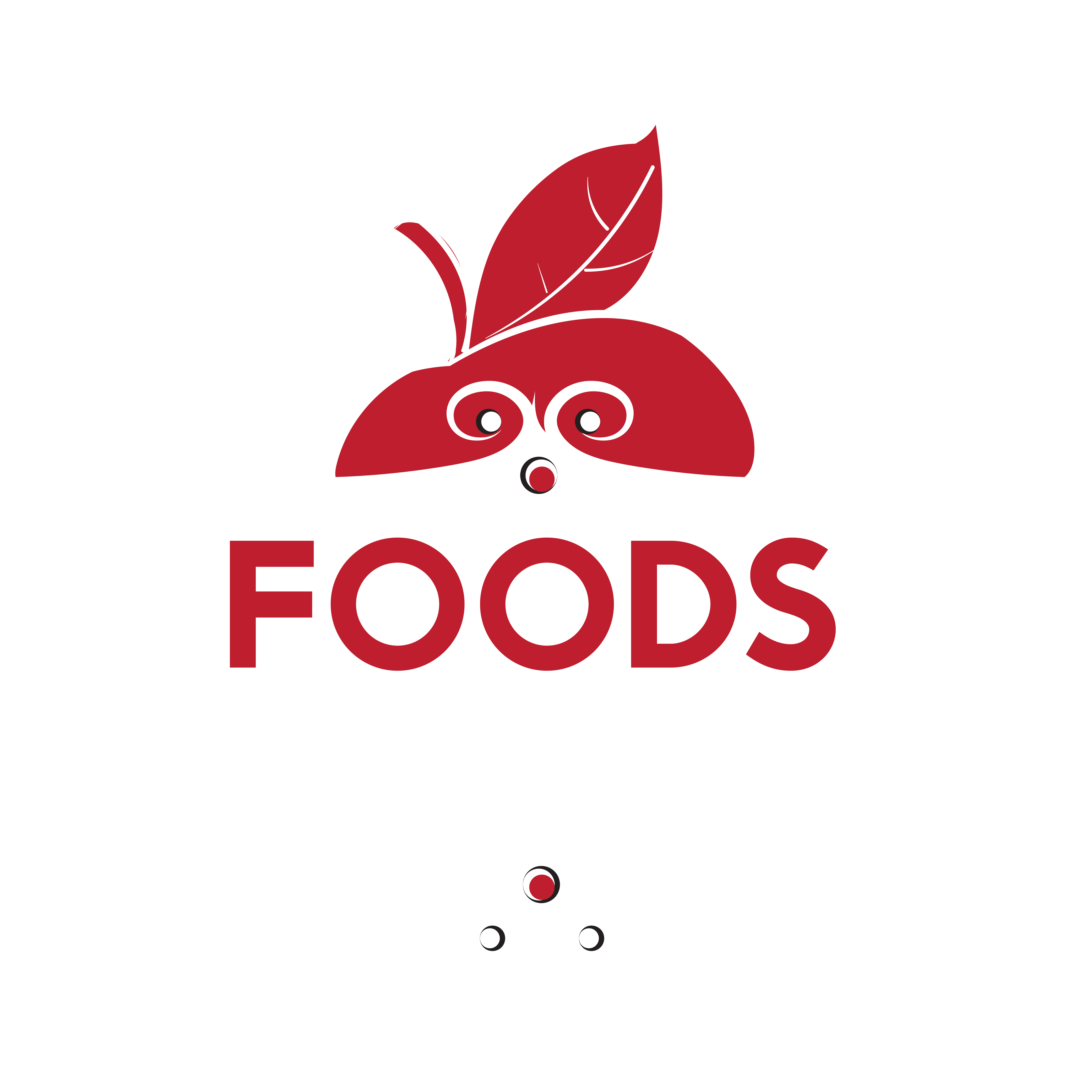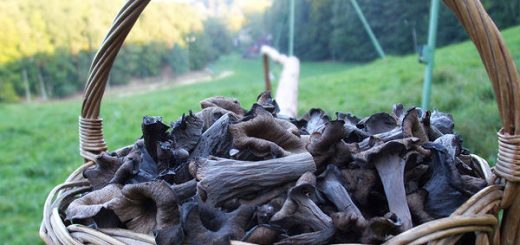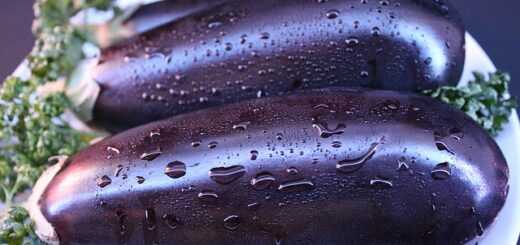Yin and Yang in Food

Foods, from a macrobiotic point of view, may contain different ratios of yin and yang. In the list below, we, within each group, are arranged in decreasing order of Yin and, accordingly, increasing Yang. The study of this knowledge is the science of macrobiotics.
Macrobiotics – Nutrition and Its Basics
There are no products that are entirely Yin or Yang. The expression “Yin-Yang” means their approximate balance in a product located approximately in the middle of each group.
Cereals : a lot of Yin – cereal kernels – corn – rye – barley – oats – rice (Yin-Yang) – millet – wheat – buckwheat – a lot of Yang.
Vegetables, legumes, mushrooms : a lot of Yin – eggplant – tomatoes – potatoes – peppers – beans – beans (excluding adzuki) – cucumbers – asparagus – sorrel – spinach – artichokes zucchini – bamboo sprouts – mushrooms – green peas – beets – celery – garlic – red cabbage – cauliflower – white cabbage – lentils – collard greens (forage) – dandelions (Yin-Yang) – lettuce – curly cabbage – leeks – chickpeas (chickpeas) – radishes – turnips – onions – parsley – pumpkin – carrots – a lot of Yang.
Plant fruits : a lot of Yin – pineapples – papaya – mango – oranges – bananas – dates – lemons – pears – grapes – peaches – melons – prunes – almonds – peanuts – watermelon – plums – hazelnuts – olives – olives – strawberries (Yin-Yang ) – mulberries – chestnuts – apples – a lot of Yang.
Fish and seafood : a lot of Yin (little Yang) – oysters – octopus – squid – eel – carp – pike perch – crayfish – trout – pike – flounder – tuna – catfish (Yin-Yang) – lobsters – shrimps – lobsters – herring – sardines – anchovies – caviar – a lot of Yang (little Yin).
Milk and dairy products : a lot of Yin (little Yang) – kefir – curdled milk – processed cheeses – sour cream – curd cheeses – margarine – butter – milk – Camembert cheese – Swiss cheese – Roquefort cheese (Yin-Yang) – sheep cheese – a lot of Yang ( little yin).
Meat : a lot of Yin (little Yang) – pork – veal – beef – horse meat – rabbit – hare – chicken – lamb – pigeon (Yin-Yang) – partridge – duck – turkey – eggs (fertilized) – a lot of Yang (little Yin).
Spices and herbs, spicy vegetables : a lot of Yin (little Yang) – ginger – pepper – black pepper – paprika – lemon – vinegar – mustard – cloves – vanilla – bay leaf – garlic – anise – caraway nutmeg – toothed onion – onion – shallots – tarragon – rosemary (Yin-Yang) – thyme – onions – parsley – sage – horseradish – saffron – wild chicory – gentian – sea unrefined salt – a lot of Yang (little Yin).
Sweets and edible fats : a lot of Yin (little Yang) – honey – white sugar – unrefined – molasses – animal fats – margarine coconut oil – peanut oil – olive – sunflower – sesame seed oil of rapeseed – sesame oil (Yin-Yang). Among fats and sweets, there are no products with a predominance of Yang.
Drinks : a lot of Yin (little Yang) – coffee – coca-cola – cocoa – fruit juices – sweet drinks – champagne – wine – beer – tea – carbonated mineral water – seltzer water – still water – water – mint decoction – thyme decoction – lime decoction (Yin-Yang) – coffee from cereal grains – coffee from burdock roots – a lot of Yang (little Yin).
Yin-Yang Products
The principles of food classification in the Yin-Yang system are quite complex. Many indicators are evaluated: mainly vertical or horizontal growth of plants, the climatic region of their cultivation, taste, color, size, density, fat content, the ratio of acids and alkalis, and others. Often the predominance of Yin or Yang has no clear justification. For example, red vegetables, like red in general, are endowed with Yang properties. However, tomatoes are classified as Yin because they are watery, sour and grow in warm climates. Soybeans and other beans are Yin, and the small red adzuki beans that are popular in macrobiotics are considered Yang. At the same time, sesame seeds, small and hard, are assigned to Yang, and fatty walnuts are assigned to Yin.
The assignment of cheese to Yang or Yin depends on its density, taste (salty, sweetish), fat content and other indicators. The cheeses can be more Yang or more Yin. Whole grains, in particular brown (unpolished) rice, are considered to be balanced in yin and yang. But the Yin-Yang balance also depends on the climatic conditions of growing cereals and can change during culinary processing: short-term enhances Yin, long-term – Yang. One of the criteria for classifying carrots, turnips and radishes among the products with a predominance of Yang was that they have less water than fruits growing on trees – they are “more Yin”. However, in vegetables – 88-90% of water, and in pears, peaches or apricots – 85-86%. Macrobiotics classifies according to Yin and Yang, which is at odds with the Tibetan system. In particular, lamb and horse meat according to the Tibetan classification belongs to Yang, on the macrobiotic level, Yin predominates in them. Rice according to the Tibetan classification is Yin, for macrobiots it is a “neutral” product (Yin-Yang).
The macrobiotic nutritional system is based on the principle of balancing Yin and Yang in foods.
As can be seen from the data in the table, the diet is divided into two parts. The Za regime is the easiest; before the 1a regime, salads are also included in the diet. In the second part, from the 1st to the 7th regime, there is a gradual simplification of the diet, starting with the 3rd – this is a purely vegetarian diet. As you “rise” from the diet, more and more foods are gradually eliminated.
Unlike the diet of even the strictest vegetarians – vegans – the 7th regime contains only grains.
Osawa recommends starting macrobiotic nutrition right away with regimen 1, as in his opinion, grains, especially rice, are the healthiest foods. You need to stay on this diet for 10 days, and then, under the control of your state according to the “Seven Health Conditions”, you can go to lower levels from 6th to 1st, except for 1a-3a.
It should be noted that in many countries and in Russia, adherents of non-traditional nutrition used ration No. 7, consisting of rice without salt, to remove mythical toxins. In one of the clinics in St. Petersburg, a girl was undergoing treatment, whose mother was fond of macrobiotics and fed her rice without salt since childhood. As a result, the one and a half year old child developed a hypoglycemic coma caused by low blood glucose. The mother had to slightly expand the girl’s diet, but her health was irreparably damaged. The girl lagged behind her peers in mental development. She barely managed to finish school for children with developmental problems, but she was never able to adapt to everyday life.
Osawa’s followers came to the opinion that eating only grain products (7th mode) can be used in some cases for 3-7 days (to cleanse the body, as a substitute for complete starvation). It is proposed to start the transition to macrobiotic nutrition not from the top of the table, but from the bottom, gradually displacing the meat of animals and birds, then dairy products, replacing them with cereals, legumes and vegetables.
Proponents of macrobiotic nutrition believe that this regimen is also suitable for children. Up to six months, the child should be fed with breast milk, and then brown (unpolished) rice, millet, oats, boiled and ground beans, vegetables, seaweed, and fruits should be gradually introduced. From the end of the second year of such a life, the child must be taught to eat solid food. Recommendations include soy milk, nut milk, whole grain drinks, legumes and soy products, and then switch to a standard macrobiotic regimen.
Does macrobiotics help you maintain weight and health? It can be said unambiguously that strict adherence to a macrobiotic diet is dangerous and unhealthy.
The famous theorist of Zen Buddhism, T. D. Suzuki, pointed out that “Zen is contrary to everything that is in circulation under the name of science and scientific.” In 1980, in the United States, the Food and Nutrition Board of the Medical Association, the Dietetic Association, and the Academy of Pediatrics Nutrition Committee opposed the abuse of one-sided grain diets. Studies in many countries provide strong evidence that macrobiotics is harmful to health. Children were found to have growth retardation, protein-energy malnutrition, rickets. In adults, the body develops a deficiency of vitamins C, A, D, B12, anemia, deficiency of calcium, zinc, folic acid, beta-carotene. Nutritionists and other physicians have long known that grain-based diets are associated with a host of serious health problems.
In modern dietetics, the role of cereals is not denied. Cereals containing starches are widely used in the diet. It is known that 55% of the caloric content of the diet should be provided by carbohydrates from cereals, vegetables and fruits. In medical nutrition, cereals, in particular rice, are widely represented in the diets of patients with pathology of the digestive system. In case of cardiovascular pathology (hypertension, atherosclerosis, coronary heart disease) in combination with obesity, as well as in diseases of the kidneys and liver, fasting “rice-compote” days are used.
One of the options for such a diet consists of rice porridge, cooked without salt in water, and a decoction of wild rose – 4-5 times a day, 150 g of rice porridge and 1-2 cups of decoction of wild rose. Another option for the daily diet for obesity consists of 250 g of dried or 1.5 kg of fresh apples, 50 g of rice, 100 g of sugar, 1.5 liters of water. Every 2-3 hours they drink a glass of compote, for lunch and dinner – sweet rice porridge, boiled in water. The diet contains 9.7 g of protein, 1 g of fat, 301 g of carbohydrates; the calorie content of these products is 1200 kcal, 2/3 of the average basal metabolic rate. Macrobiotics is recommended only for certain diseases, no more than once or twice a week and no longer than several months in a row.
Macrobiotics is one of the most unacceptable non-traditional diets. One-sided nutrition only (or mainly) with grain products leads to the development of various diseases.











